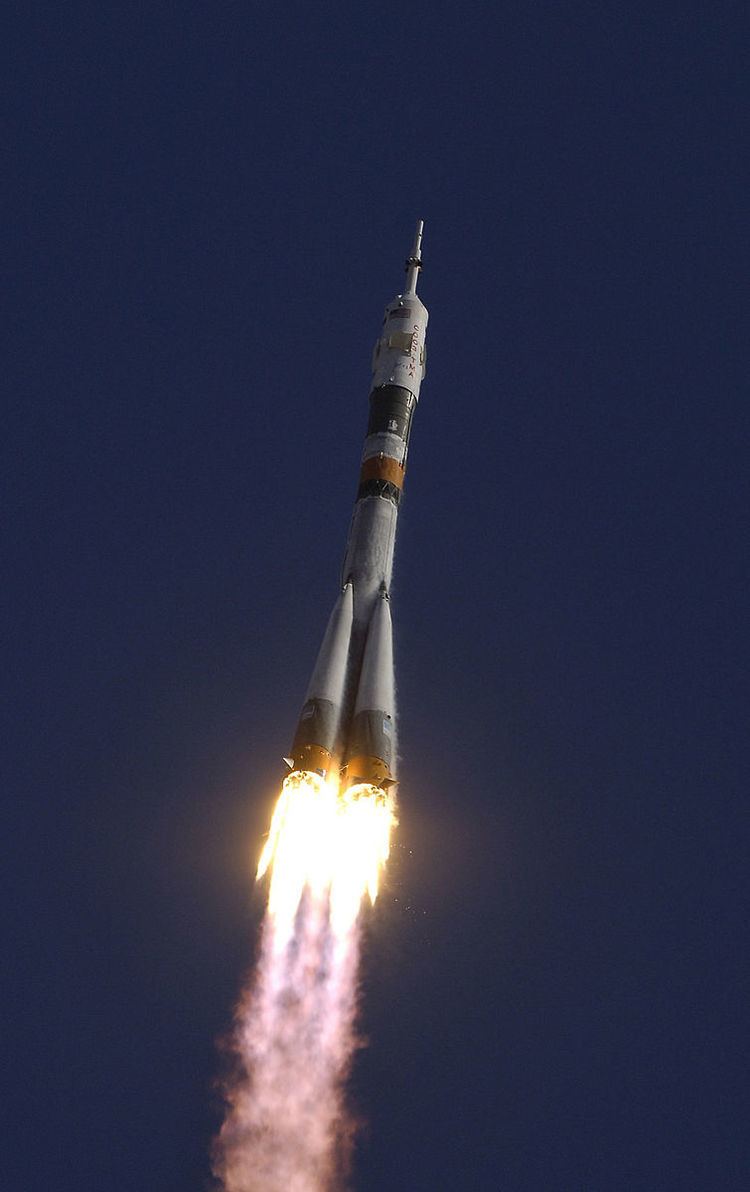Function Carrier rocket Country of origin USSR | Manufacturer OKB-1 Stages Two | |
 | ||
Payload to LEO 4,730 kilograms (10,430 lb) | ||
The Vostok-K (Russian: Восток meaning "East"), GRAU index 8K72K was an expendable carrier rocket used by the Soviet Union for thirteen launches between 1960 and 1964, six of which were manned. It was derived from the earlier Vostok-L; however, it featured uprated engines to improve performance, and enlarge its payload capacity. It was a member of the R-7 family of rockets.
The Vostok-K made its maiden flight on 22 December 1960, three weeks after the retirement of the Vostok-L. The third stage engine failed 425 seconds after launch, and the payload, a Korabl'-Sputnik spacecraft, failed to reach orbit. The spacecraft was recovered after landing, and the two dogs aboard the spacecraft survived the flight.
On 12 April 1961, a Vostok-K rocket was used to launch Vostok 1, the first manned spaceflight, which made Yuri Gagarin the first human to fly in space. All six manned missions of the Vostok programme were launched using Vostok-K rockets. The first two Zenit reconnaissance satellites were also launched with the Vostok-K, but it was soon replaced in that capacity with the uprated 8A92 booster. After the conclusion of the Vostok program, there were two remaining 8K72Ks left; these were used to launch four Elektron scientific satellites on January 30 and July 10, 1964.
